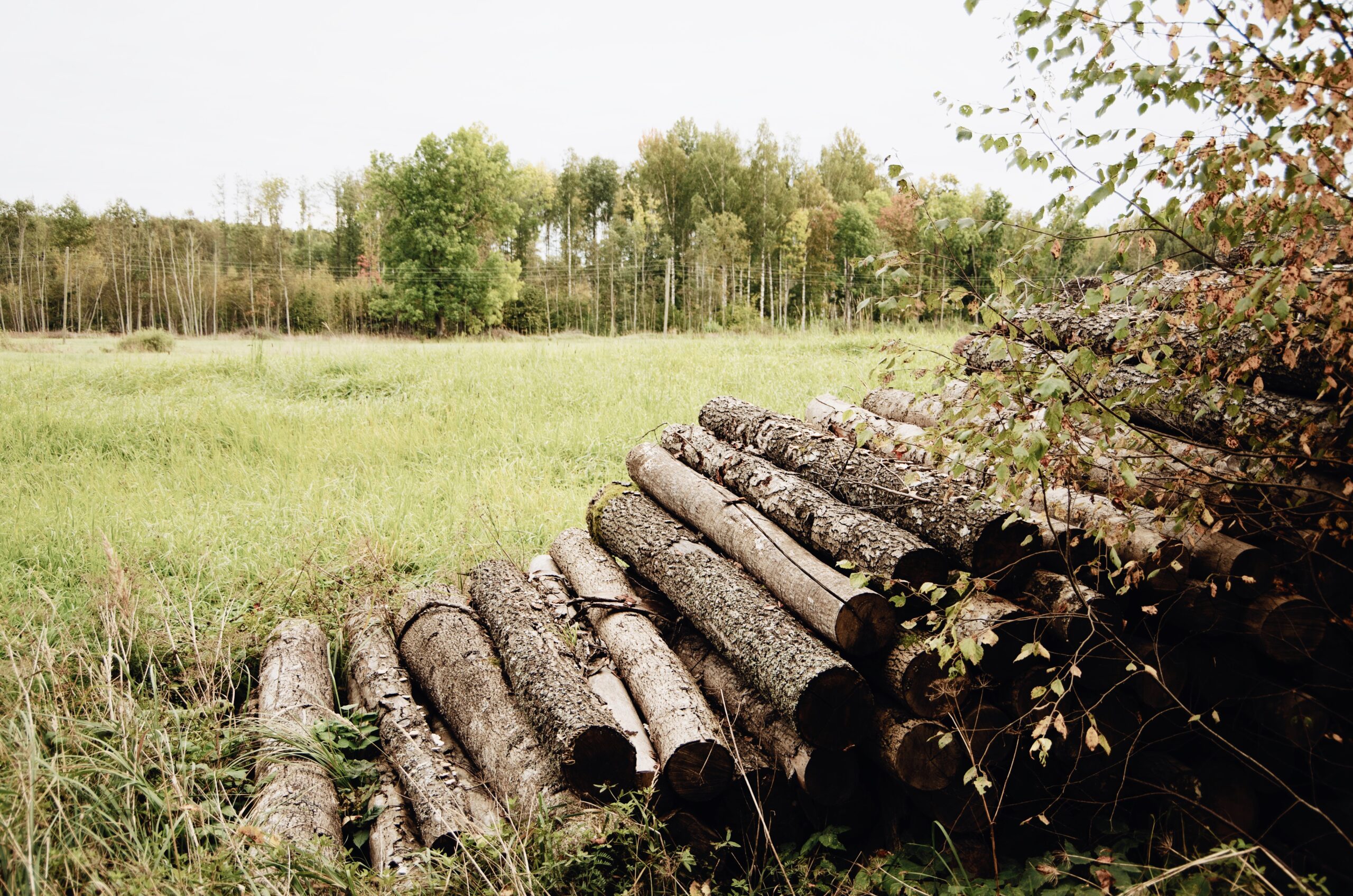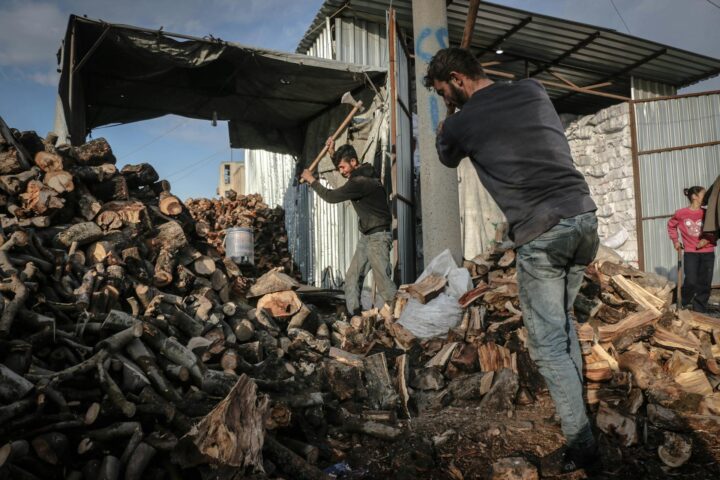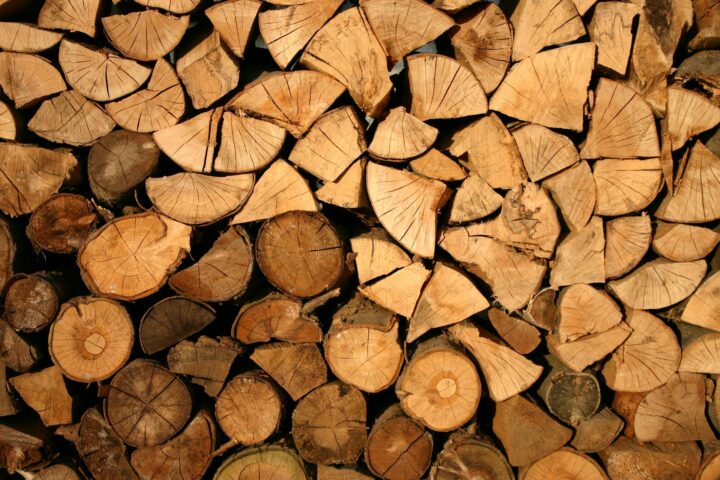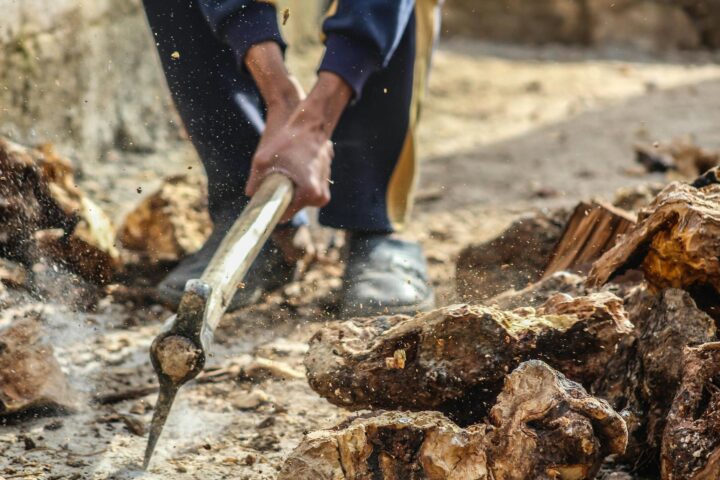-
Choosing the Right Wood for Your Wood Burning Fireplace
A wood-burning fireplace is a cozy addition to any home and can be practical. If you heat with wood, a fireplace can be a supplemental heat source or even your primary one. If you don't heat with wood, a fireplace can still add value to your home and provide a beautiful focal point for your home. Before you purchase firewood, you must know which type of wood burns best.
Hardwoods vs. Softwoods
Fireplaces work best when you burn hardwoods like oak, maple, or cherry. Hardwoods are denser than softwoods, so they burn hotter and produce longer-lasting embers. They also have less smoke than softwoods, so they're better for the environment. Hardwoods are harder to ignite, but they last a long time. Softwoods are suitable as a starter but are not ideal for long-lasting fires. It is the most affordable of all commercial-grade woods, but it also has drawbacks. Softwoods produce more spark and burn faster than other grades, leading to fires in your home if not handled properly.
Different Hardwoods and Their Benefits
There are many different hardwood types, each with its unique benefits.
• Oak: Oak is a hardwood growing in many parts of the world. It is a popular firewood choice because it is easy to find and burns hot with long-lasting embers. Oak is also very affordable, making it a good choice for those who want to save money on wood.
• Maple: Burns hot and produces long-lasting embers like oak but is often harder to find and more expensive.
• Cherry: Burns slower than other hardwoods but produces a beautiful fragrant smoke that gives your home a warm, inviting smell. Cherry is also one of the most expensive woods you can burn.
• Hickory: Burns hotter than most other woods but can be difficult to find and may be more expensive than oak or maple.
• Birch: Burns hot but doesn't produce long-lasting embers. Birch is also one of the lightest hardwoods, so it's easy to carry into your home.
Softwoods
If you must burn softwoods, such as pine, fir, or cedar, make sure they're well-seasoned (dry). Softwoods produce more sparks than hardwoods, so they're not ideal for fireplaces that don't have a screen. Although they may be easier to find and less expensive than hardwoods, there are some disadvantages to using softwoods in your fireplace. Softwoods tend to have a high moisture content, which can cause them to spark and pop as they burn. They also produce more smoke than hardwoods. In addition, softwoods burn quickly and don't produce as much heat as hardwoods. As a result, they're not the best choice if you're looking for a long-lasting fire, but they are a less expensive option.
Consider Your Options
When choosing wood for your wood-burning fireplace, there are many factors to consider, including cost, availability, environmental impact, and efficiency. Hardwoods are typically the best choice because they burn hotter and produce fewer sparks than softwoods. However, all woods have different benefits that make them ideal for different situations. Be sure to research before selecting the best type of wood for your needs!
-
Choosing the Right Wood for Your Wood Burning Fireplace
A wood-burning fireplace is a cozy addition to any home and can be practical. If you heat with wood, a fireplace can be a supplemental heat source or even your primary one.
If you don't heat with wood, a fireplace can still add value to your home and provide a beautiful focal point for your home.
Before you purchase firewood, you must know which type of wood burns best.
Hardwoods vs. Softwoods
Fireplaces work best when you burn hardwoods like oak, maple, or cherry. Hardwoods are denser than softwoods, so they burn hotter and produce longer-lasting embers.
They also have less smoke than softwoods, so they're better for the environment. Hardwoods are harder to ignite, but they last a long time.
Softwoods are suitable as a starter but are not ideal for long-lasting fires.
It is the most affordable of all commercial-grade woods, but it also has drawbacks.
Softwoods produce more spark and burn faster than other grades, leading to fires in your home if not handled properly.
Different Hardwoods and Their Benefits
There are many different hardwood types, each with its unique benefits.
- Oak: Oak is a hardwood growing in many parts of the world. It is a popular firewood choice because it is easy to find and burns hot with long-lasting embers. Oak is also very affordable, making it a good choice for those who want to save money on wood.
- Maple: Burns hot and produces long-lasting embers like oak but is often harder to find and more expensive.
- Cherry: Burns slower than other hardwoods but produces a beautiful fragrant smoke that gives your home a warm, inviting smell. Cherry is also one of the most expensive woods you can burn.
- Hickory: Burns hotter than most other woods but can be difficult to find and may be more expensive than oak or maple.
- Birch: Burns hot but doesn't produce long-lasting embers. Birch is also one of the lightest hardwoods, so it's easy to carry into your home.
Softwoods
If you must burn softwoods, such as pine, fir, or cedar, make sure they're well-seasoned (dry). Softwoods produce more sparks than hardwoods, so they're not ideal for fireplaces that don't have a screen.
Although they may be easier to find and less expensive than hardwoods, there are some disadvantages to using softwoods in your fireplace.
Softwoods tend to have a high moisture content, which can cause them to spark and pop as they burn. They also produce more smoke than hardwoods.
In addition, softwoods burn quickly and don't produce as much heat as hardwoods. As a result, they're not the best choice if you're looking for a long-lasting fire, but they are a less expensive option.
Consider Your Options
When choosing wood for your wood-burning fireplace, there are many factors to consider, including cost, availability, environmental impact, and efficiency.
Hardwoods are typically the best choice because they burn hotter and produce fewer sparks than softwoods. However, all woods have different benefits that make them ideal for different situations. Be sure to research before selecting the best type of wood for your needs!
Selling Timberland: Lump Sum Sale and Pay-as-Cut Sale
When it comes to timberland selling, there are two vital sale terms to know: lump sum sale and pay-as-cut sale. Depending on the
Lump-Sum Sales
Lump sum sales occur if a timber buyer would like to offer a lump sum of money for all timber on a certain plot of land, or if they offer to buy a specific type of timer on the land (select-cutting). On one hand, the money up-front would be excellent, but you have to understand all the advantages and disadvantages of selling lump-sum.
Sometimes, the logging crew will miss a few trees on the property. This means that you could potentially come away with added value to your lump sum sale. Once they are done harvesting, you could sell those missed trees to another buyer. However, do not count on the mistakes of others.
Timberland owners beware: it’s not safe to sell your timber as a lump sum without professional consulting. That’s why Green Ridge Forest Products will assist you in every step of the process in your timberland selling endeavors. We've been purchasing, selling, and managing timber for decades-- and it's this experience that makes us uniquely qualified to help you manage your timber land and increase both the value of your timber and the overall health of your trees.
Pay-as-cut Sales
Also known as “per-ton-sales” or “cut-n-haul sales,” pay-as-cut sales happen when a timberland owner is paid for the quantity of trees harvested on the land. The owner will only be paid for what timber the loggers cut and send to the mill.
There could be some downsides to this technique of sales. With pay-as-cut some trees may not reach the mill, resulting in a cut in the overall value for the timberland owner. That’s why it’s important to know what company is going to be cutting your timber. If you have a knowledgeable and trustworthy logger, they will be able to help you maximize the value of your lumber and maximize your profits.
Green Ridge Forest Products will assist you in getting the most value out of your timberland, cutting with the most precision and care. We’ve been in the forestry industry for years now, and we know how to get your value out of your timberland.
If you’re looking to cut your timberland, don’t hesitate to reach out to Green Ridge Forest Products and we’ll get you started. We’ll help you reach the correct value of your timberland.




